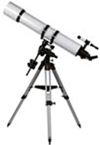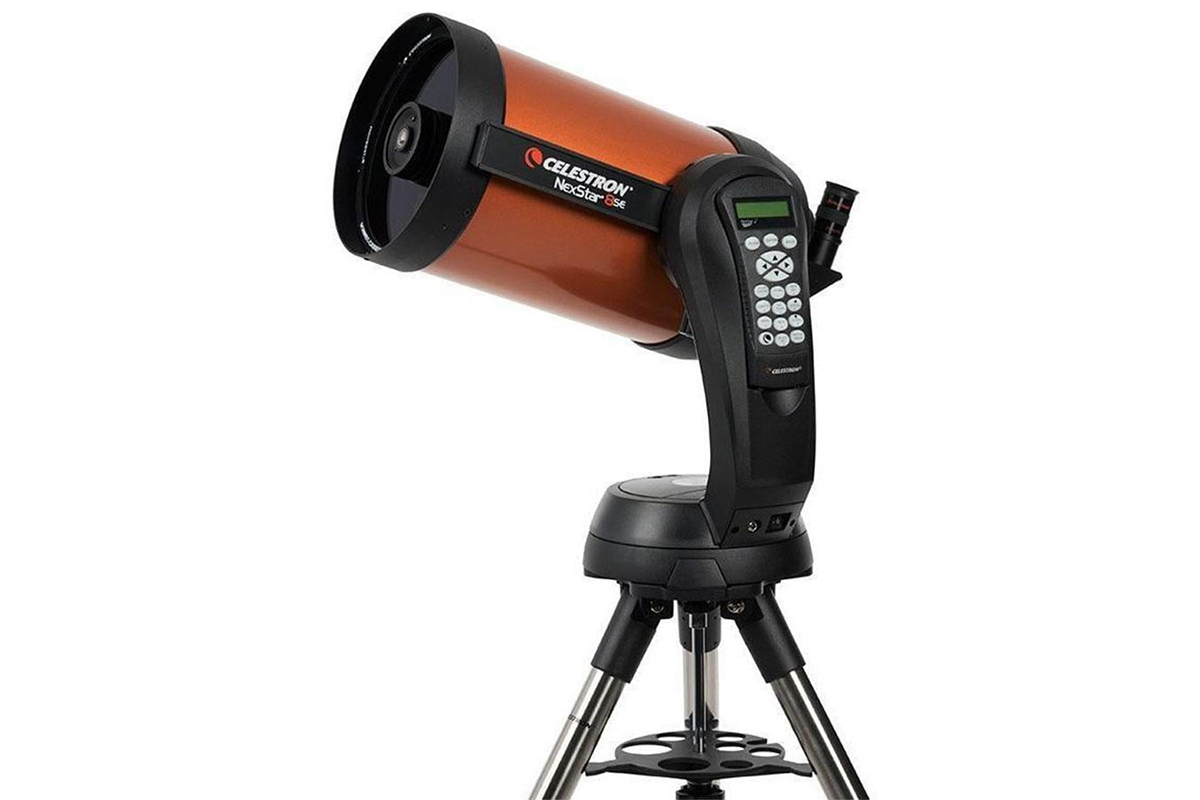 Telescopes are instruments that allow the observation of objects at great distances, much better than if we observed them with the naked eye. Galileo Galilei used the telescope for the first time in astronomy in 1609. Newton perfected the original refractor-type model, building a reflector in 1671. Much better models later appeared, and although at first they were only accessible to professional astronomers, they gradually came to the fore. telescope market for the amateur. The most common types of telescopes for this purpose are the following:
Telescopes are instruments that allow the observation of objects at great distances, much better than if we observed them with the naked eye. Galileo Galilei used the telescope for the first time in astronomy in 1609. Newton perfected the original refractor-type model, building a reflector in 1671. Much better models later appeared, and although at first they were only accessible to professional astronomers, they gradually came to the fore. telescope market for the amateur. The most common types of telescopes for this purpose are the following:
refractor telescope
 It is based on the use of lenses to direct the received light, focus it and form an image. Its operation is based on the refraction of light. The light beam, when passing through the lens, alters its trajectory and causes an enlarged image of the object. The refracting telescope consists of a lens located at the entrance of the tube, through which the light travels until it reaches an eyepiece at the other end (where one observes). The larger the lens, the better image will be obtained, but given the principle with which this model operates, greater power requires the telescope tube to be longer and more cumbersome.
It is based on the use of lenses to direct the received light, focus it and form an image. Its operation is based on the refraction of light. The light beam, when passing through the lens, alters its trajectory and causes an enlarged image of the object. The refracting telescope consists of a lens located at the entrance of the tube, through which the light travels until it reaches an eyepiece at the other end (where one observes). The larger the lens, the better image will be obtained, but given the principle with which this model operates, greater power requires the telescope tube to be longer and more cumbersome.
Advantages and disadvantages
Advantages – The lens of a refractor is not as sensitive to construction errors as a mirror is.
– The lens of a refractor is not as sensitive to construction errors as a mirror is.
– Sharp image with good contrast (without components in the middle of the tube, as occurs with the secondary mirrors of reflectors)
– The tube is closed and is not exposed to dust or air turbulence inside.
– They do not require much maintenance
Disadvantages
– Not very compact and uncomfortable design in large openings
– Very expensive in large openings
– Suffer from residual chromatic aberration (except apochromatic refractors)
– Very expensive in large openings
– Lens distortion at large apertures
All this means that there is a limit to the maximum aperture obtainable with a refractor, because the larger the lens is (which in the tube is held only by the edges), gravity causes its own weight to distort its shape and the images lose. sharpness. The largest refractor in the world has a 1.02 m lens and is at the Yerkes Observatory (Wisconsin, USA). Although it has a series of disadvantages compared to other designs, it enjoys wide popularity among hobbyists. They are the most recommended for beginners and their models have features for all tastes.


